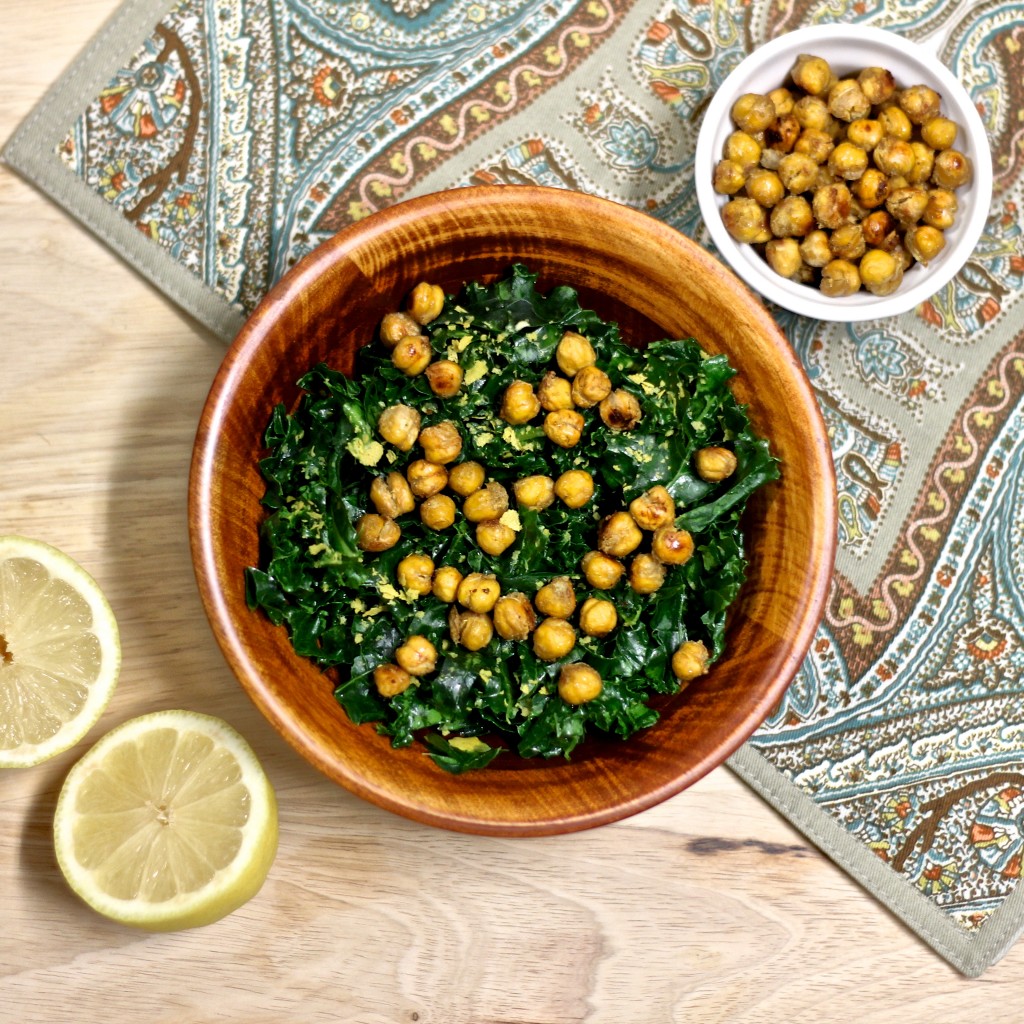
Iron is an essential mineral that is critical for many of the body’s functions. It is needed to make proteins, such as hemoglobin and myoglobin. Hemoglobin is the protein present in red blood cells that carries oxygen from our lungs to our tissues, while myoglobin helps supply oxygen to our muscles.
According to the National Institutes of Health (NIH), men over the age of 19 have a recommended daily allowance (RDA) of 8 mg of iron. Premenopausal women have a much greater iron requirement than men. Women aged 19-50 have an RDA of 18 mg. After age 50, the number falls in line with men at 8 mg/day. Requirements are different for children under 18, as well as for pregnant or lactating women.
Plant-based (vegan) sources of iron aren’t absorbed as easily as in diets that include meat. As such, vegans need almost twice as much dietary iron each day as omnivores because of the lower intestinal absorption of iron from plant foods. Eating the following 10 foods packed with iron, together with sources of vitamin C, such as citrus fruits, will improve your body’s absorption of iron.
1. Dark Chocolate and Cocoa Powder
Attention chocolate lovers! Dark chocolate (70-85% cacao solids) contains more iron, ounce for ounce, than beef – a lot more! A 3 oz. portion of cooked ground beef (70% lean meat, 30% fat) contains 2.11 mg of iron, while 3 oz. of dark chocolate boasts 10.12 mg. Chocolate pairs beautifully with oranges, so this is an easy way to group your iron and vitamin C consumption for maximum absorption.
2. Dried Fruit
Dried fruit is a somewhat unexpected source of dietary iron. Dried peach halves contain the most iron with 6.50 mg/cup, followed by prunes, apricot halves, and raisins. Make sure to find dried fruit that has no sugar added. Better yet – dehydrate your own fruit! Dried peaches and apricots are amazing when dipped in melted dark chocolate and allowed to cool.
3. Blackstrap Molasses
Blackstrap molasses is a healthy sweetener. Like dark chocolate, it also kicks red meat’s butt when it comes to iron. Just 2 tsp. of molasses contains 2.39 mg of iron, for far fewer calories than meat and no fat.
4. Dark Leafy Greens
It is important to note that greens contain more iron when cooked than when eaten raw. Spinach is the king of all greens with a whopping 6.43 mg of iron per 1 cup (180g) when cooked. To show you the difference cooking makes, 1 cup (30g) of raw spinach contains only 0.81 mg of iron. The variance is only partially due to weight. You see, if you could eat 180g of raw spinach to equal the weight of the cooked variety, you would still only get 4.86 mg of iron instead of 6.43 mg. The next best source of iron is cooked swiss chard, with 3.95 mg/cup, followed by cooked beet greens with 2.74 mg of iron per cup.
5. Spirulina
Spirulina, one of nature’s great superfoods, is a blue-green algae that grows in freshwater lakes. It is a complete protein, contains a significant amount of B12, as well as vitamins A through E and is rich in iron, calcium, and magnesium. A tablespoon of dried spirulina contains 2 mg of iron.
6. Tofu
Tofu proves its worth once again, with 2.15 mg of iron for a quarter-block serving. From silken tofu to extra firm, the possibilities to include it in your diet are nearly endless. Just make sure you are purchasing tofu made with non-GMO soybeans.
7. Whole Grains
Whole grains are another great source of plant-based iron and an opportunity to add variety to your diet. Experiment with quinoa, oatmeal, barley, rice, bulgur, buckwheat, and millet. Quinoa, for example, contains 2.76 mg of iron for a 1 cup serving.
8. Legumes
Beans, beans, beans. You may be sick of people telling you to eat your beans, but they’re onto something. Beans provide myriad essential nutrients for our bodies, such as protein and iron. Take kidney beans for example. One cup provides 3.93 mg of iron. I immediately think of red beans and rice, but don’t limit yourself to traditional recipes.
9. Nuts
Nuts are another one of those food groups that keep popping up in health discussions, and for good reason. Curious as to which nuts contain the most iron? Cashews take first place in a landslide, with 8.22 mg of iron in 1 cup. Almonds come in second with a very respectable 5.32 mg/cup. Macadamias and pistachios are a close third and fourth. They both contain almost 5 mg per cup, respectively.





Комментариев нет:
Отправить комментарий